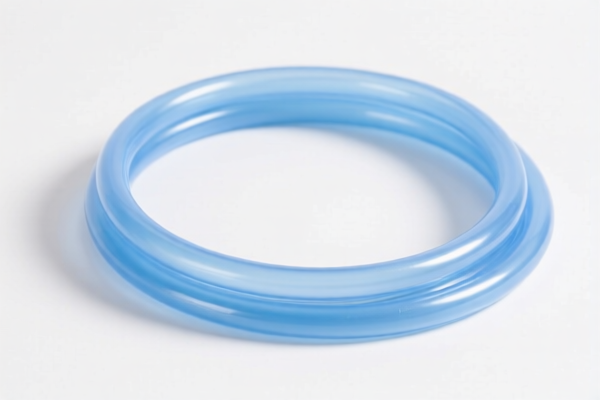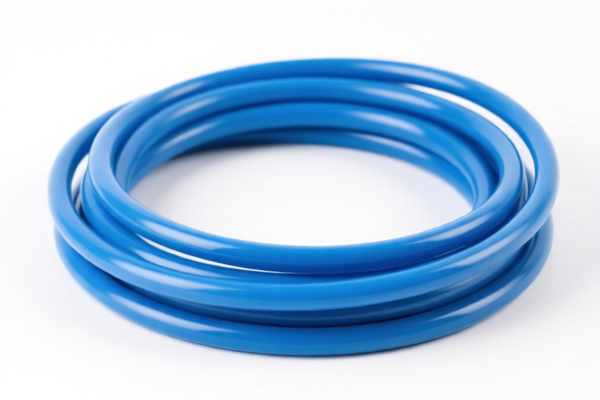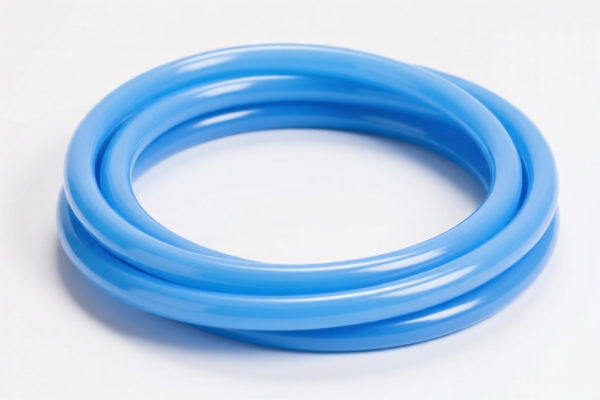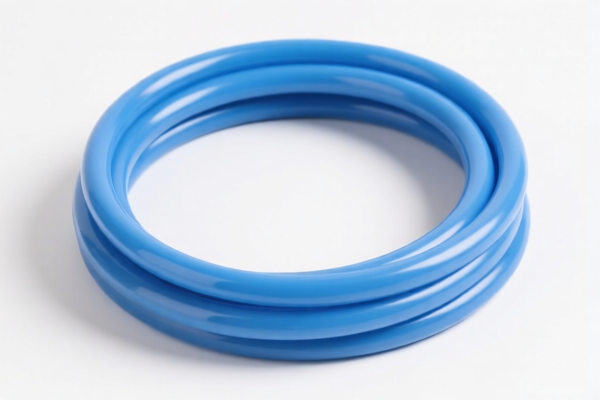| HS Code | Official Doc | Tariff Rate | Origin | Destination | Effective Date |
|---|---|---|---|---|---|
| 7002310000 | Doc | 55.0% | CN | US | 2025-05-12 |
| 7002320000 | Doc | 61.0% | CN | US | 2025-05-12 |
| 7019905120 | Doc | 59.3% | CN | US | 2025-05-12 |
| 7507110000 | Doc | 57.0% | CN | US | 2025-05-12 |
| 7507120000 | Doc | 57.0% | CN | US | 2025-05-12 |
| 7303000030 | Doc | 55.0% | CN | US | 2025-05-12 |
| 7303000060 | Doc | 55.0% | CN | US | 2025-05-12 |
| 7304246015 | Doc | 30.0% | CN | US | 2025-05-12 |
| 7304295015 | Doc | 30.0% | CN | US | 2025-05-12 |
| 3917320010 | Doc | 58.1% | CN | US | 2025-05-12 |
| 3917320020 | Doc | 58.1% | CN | US | 2025-05-12 |
| 8481801020 | Doc | 59.0% | CN | US | 2025-05-12 |




Tubing
Tubing refers to flexible, hollow cylinders used for the conveyance of fluids, gases, or solids. It is widely employed across numerous industries and applications due to its versatility and cost-effectiveness.
Materials
A diverse range of materials are utilized in tubing manufacture, each imparting specific properties:
- Metals:
- Stainless Steel: Offers high corrosion resistance, strength, and temperature tolerance. Common grades include 304 and 316.
- Copper: Known for its excellent thermal conductivity and resistance to corrosion, frequently used in plumbing and HVAC systems.
- Aluminum: Lightweight and corrosion-resistant, suitable for applications where weight is a concern.
- Carbon Steel: Offers high strength and lower cost, often used with protective coatings to prevent corrosion.
- Titanium: Exceptional corrosion resistance and high strength-to-weight ratio, used in demanding environments.
- Plastics:
- Polyvinyl Chloride (PVC): Rigid and cost-effective, commonly used in drainage, irrigation, and water supply.
- Polyethylene (PE): Flexible and chemical resistant, suitable for gas lines, water lines, and laboratory use. High-Density Polyethylene (HDPE) and Low-Density Polyethylene (LDPE) offer differing properties.
- Polypropylene (PP): Good chemical resistance and heat resistance, used in chemical processing and medical applications.
- Polytetrafluoroethylene (PTFE) (Teflon): Excellent chemical resistance, low friction, and high temperature tolerance, used in critical applications.
- Silicone: Flexible, heat resistant, and biocompatible, used in medical devices and food processing.
- Polyurethane (PU): Flexible, abrasion resistant, and good oil resistance, used in pneumatic systems and fluid transfer.
- Rubber:
- Natural Rubber: Highly flexible and resilient, used in garden hoses and low-pressure applications.
- Synthetic Rubber (e.g., EPDM, Nitrile): Offers improved chemical and temperature resistance compared to natural rubber.
Purpose and Function
The primary function of tubing is to transport substances from one location to another. Specific functions include:
- Fluid Transfer: Conveying liquids such as water, oil, chemicals, and gases.
- Gas Delivery: Supplying gases for various processes, including welding, medical applications, and pneumatic systems.
- Structural Support: Providing pathways for cables or wires.
- Containment: Isolating substances within a closed system.
Usage Scenarios
Tubing finds application across a broad spectrum of industries:
- Plumbing: Water supply, drainage, and sewage systems.
- Medical: IV lines, catheters, surgical drains, and respiratory tubing.
- Automotive: Fuel lines, brake lines, and coolant hoses.
- HVAC: Refrigerant lines, condensate drains, and ductwork.
- Chemical Processing: Transferring chemicals, acids, and solvents.
- Oil and Gas: Pipeline transport of crude oil, natural gas, and refined products.
- Agriculture: Irrigation systems and fertilizer delivery.
- Laboratory: Sample transport, chemical reactions, and analytical instrumentation.
- Pneumatics: Compressed air systems for powering tools and machinery.
Common Types
- Flexible Tubing: Easily bent and routed, suitable for applications requiring movement or complex layouts.
- Rigid Tubing: Provides structural support and maintains a fixed shape, often used in plumbing and structural applications.
- Corrugated Tubing: Offers increased flexibility and resistance to bending, commonly used in automotive and appliance applications.
- Coiled Tubing: Used for well intervention and stimulation in the oil and gas industry.
- Capillary Tubing: Small diameter tubing used for precise fluid delivery and instrumentation.
- Heat Shrink Tubing: Used for insulating and protecting wires and cables.
- Braided Tubing: Reinforced with a braided layer for increased pressure resistance and strength.
The declared goods are described as "tubing". This generally refers to hollow, cylindrical shapes used for conveying fluids, gases, or solids, or as structural components. The specific classification depends on the material, dimensions, and intended use.
Here are relevant HS codes based on the provided reference material:
-
7304246015 - Tubes, pipes and hollow profiles, seamless, of iron (other than cast iron) or steel: Casing, tubing and drill pipe, of a kind used in drilling for oil or gas: Other, of stainless steel: Tubing Having an outside diameter not exceeding 114.3 mm: Having a wall thickness not exceeding 9.5 mm. This code specifically covers stainless steel tubing used in oil and gas drilling, with defined diameter and wall thickness limits.
- 73: Iron or steel products.
- 04: Tubes, pipes and hollow profiles.
- 24: Seamless tubes, pipes and hollow profiles of iron or steel.
- 60: Casing, tubing and drill pipe.
- 15: Other, of stainless steel, having an outside diameter not exceeding 114.3 mm, having a wall thickness not exceeding 9.5 mm.
-
7304295015 - Tubes, pipes and hollow profiles, seamless, of iron (other than cast iron) or steel: Casing, tubing and drill pipe, of a kind used in drilling for oil or gas: Other: Tubing: Of iron or nonalloy steel Having an outside diameter not exceeding 114.3 mm: Having a wall thickness not exceeding 9.5 mm. This code covers tubing used in oil and gas drilling, made of iron or non-alloy steel, with defined diameter and wall thickness limits.
- 73: Iron or steel products.
- 04: Tubes, pipes and hollow profiles.
- 29: Seamless tubes, pipes and hollow profiles of iron or steel.
- 50: Other tubing.
- 15: Of iron or nonalloy steel, having an outside diameter not exceeding 114.3 mm, having a wall thickness not exceeding 9.5 mm.
-
3917320010 - Tubes, pipes and hoses and fittings therefor (for example, joints, elbows, flanges), of plastics: Other tubes, pipes and hoses: Flexible tubes, pipes and hoses, having a minimum burst pressure of 27.6 MPa. This code covers flexible plastic tubes, pipes, and hoses with a minimum burst pressure of 27.6 MPa.
- 39: Plastics and articles thereof.
- 17: Tubes, pipes and hoses and fittings therefor.
- 32: Other tubes, pipes and hoses.
- 00: Flexible tubes, pipes and hoses, having a minimum burst pressure of 27.6 MPa.
- 10: Specific code for the above description.
-
3917320020 - Tubes, pipes and hoses and fittings therefor (for example, joints, elbows, flanges), of plastics: Other tubes, pipes and hoses: Other, not reinforced or otherwise combined with other materials, without fittings Of polyethylene. This code covers plastic tubes, pipes, and hoses that are not reinforced, not combined with other materials, without fittings, and made of polyethylene.
- 39: Plastics and articles thereof.
- 17: Tubes, pipes and hoses and fittings therefor.
- 32: Other tubes, pipes and hoses.
- 00: Other tubes, pipes and hoses.
- 20: Specific code for the above description.
-
8481801020 - Taps, cocks, valves and similar appliances, for pipes, boiler shells, tanks, vats or the like, including pressure-reducing valves and thermostatically controlled valves; parts thereof: Other appliances: Hand operated: Of copper Having a pressure rating under 850 kPa: Bath and shower faucets. This code covers hand-operated copper bath and shower faucets with a pressure rating under 850 kPa.
- 84: Nuclear reactors, boilers, machinery and mechanical appliances.
- 81: Taps, cocks, valves and similar appliances.
- 80: Other appliances.
- 10: Hand operated.
- 20: Of copper, having a pressure rating under 850 kPa, bath and shower faucets.
Regarding HS code 3917320010 and 3917320020, it is important to verify the material composition of the plastic tubing.
Customer Reviews
No reviews yet.